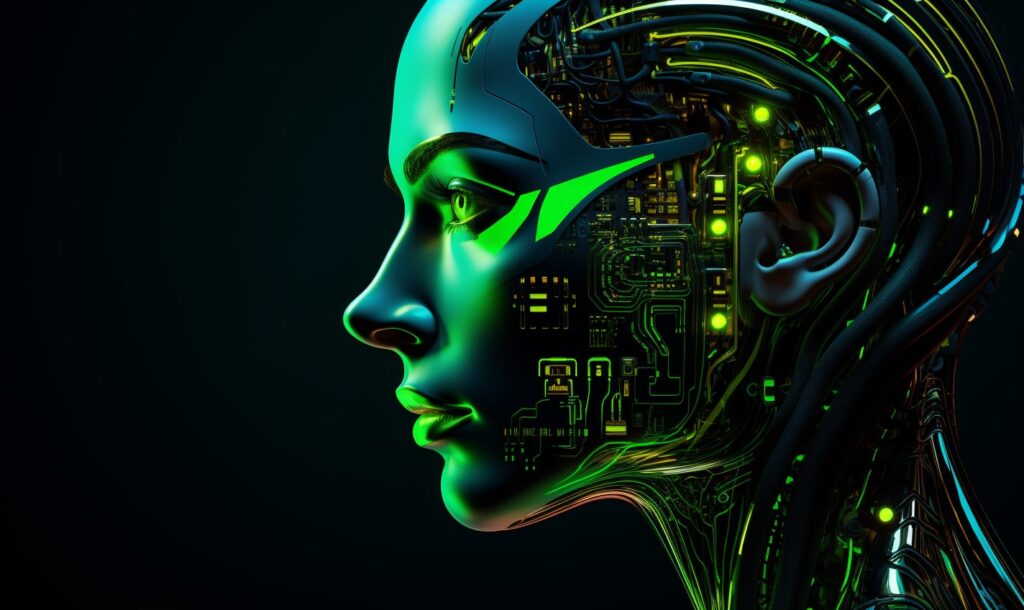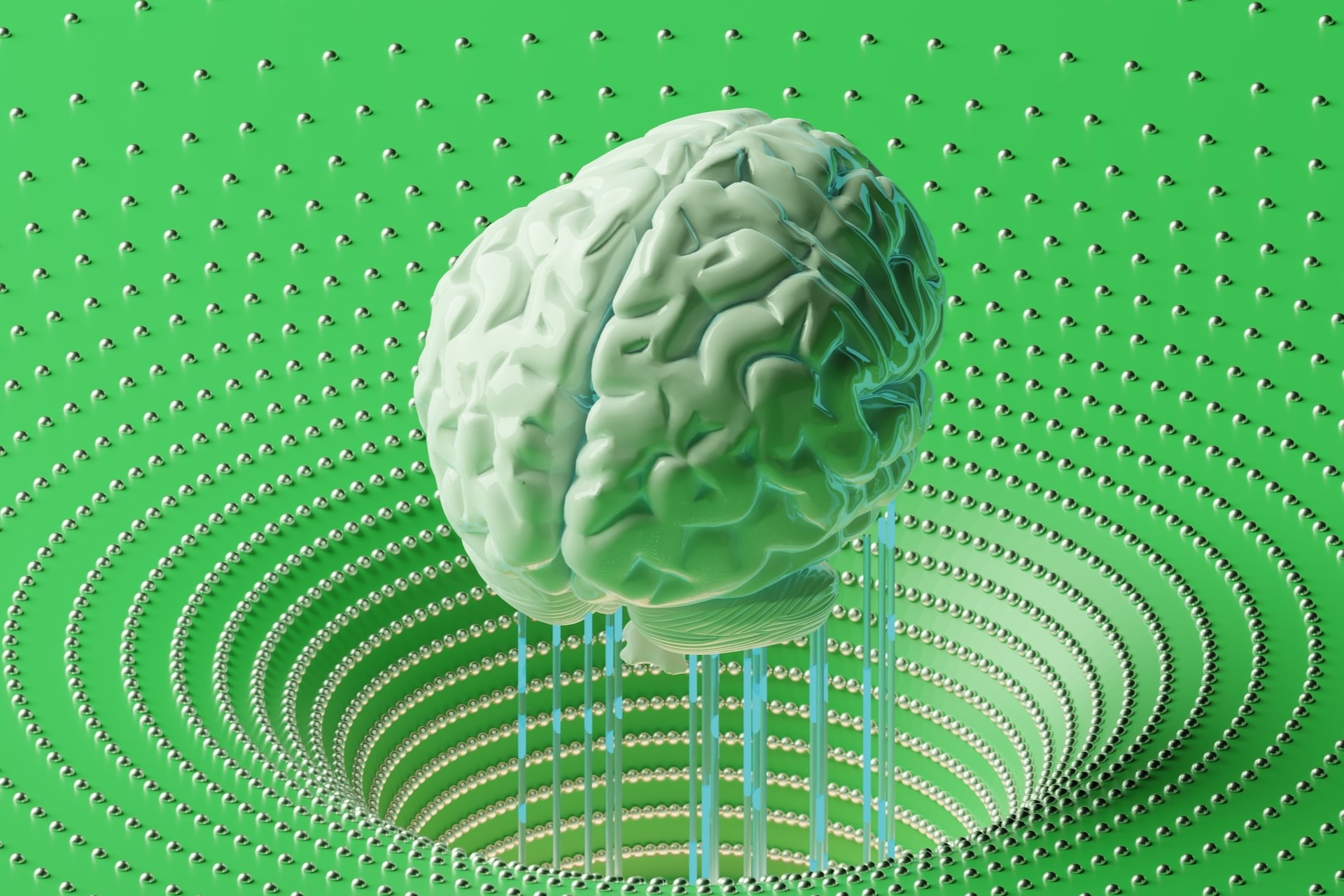Data mining vs. machine learning — the two concepts are closely related, and you’ll often see them used in similar contexts.
Data mining and machine learning, however, are two distinct ideas. If you want to know how researchers use the latest computer tech to find patterns in data, you’ll need to know the difference between the two concepts.
What is Data Mining?
At its simplest, data mining is the use of computer science and statistics to uncover patterns in large data sets. The specific approach doesn’t really matter, so long as the data set is large enough and the actual practice of analyzing the data is partially or fully automated.
Pattern recognition algorithms, computer models that forecast customer demand and machine learning algorithms are all examples of data mining in practice.
Despite what the name suggests, the term data mining doesn’t usually refer to the collection or extraction of the data itself, just the preparation and analysis of data.
In some contexts — like hacking or software reverse-engineering — data mining can refer to the actual process of collecting or uncovering encrypted data. However, if you’re talking about finding patterns in data — whether that’s creating a predictive model or building an image recognition algorithm — data mining will probably mean just data cleaning and analysis.
How Does Data Mining Work?
The data mining process has several steps. Once researchers have identified a dataset that may contain valuable or interesting patterns, they’ll start by cleaning and preparing the data. This typically means standardizing the different information, noting missing entries and correcting information that may be incorrect.
Next, the researchers will use a combination of data analysis techniques to learn more about that dataset they’re working with. They may track trends in the data or look for associations between events and unusual data. Researchers may also create visualizations of the dataset that they can analyze. Trends, clusters of related data and associations may be more visible in graphs, plots and charts.
In some cases, researchers may use advanced computer science technology to analyze the data — including artificial intelligence and machine learning.
What is Machine Learning?
Machine learning is a subset of artificial intelligence. These algorithms are trained on massive data sets to look for patterns or create a desired result. They’re also designed to improve themselves (or learn) through experience.
For example, developers may train a machine learning algorithm on a massive dataset of animal pictures or video, teaching the algorithm to identify different types of animal. The machine learning algorithm can then try to identify animals in new pictures or videos not included in the original dataset, improving its animal recognition model with each success or failure.
Researchers can use machine learning for data mining. However, data mining is much more than just applied machine learning. To analyze a dataset, researchers usually need to use a range of techniques.
In practice, data-mining researchers typically use a combination of many different techniques to uncover patterns, including machine learning. While machine learning can be helpful for data analysis, it’s usually not the only approach that researchers will use. For example, if researchers need to communicate their findings to an audience, they may want to create visualizations of the dataset with non-machine learning tools.
Also, not all machine learning is necessarily data mining. When researchers train machine learning algorithms, they’re typically working with a dataset that they’ve already prepped, cleaned and analyzed. They may use the machine learning algorithm to later break down patterns in new datasets. However, there are other uses for the algorithm.
Data Mining vs Machine Learning: Why the Difference Matters
Machine learning and data mining, while related, are two different concepts. Data mining is the use of any approach to turn raw datasets into usable information. Machine learning is a specific technique that computer scientists use to create pattern-finding algorithms.
You can use machine learning for data mining. However, not every data mining approach will use machine learning — and machine learning isn’t necessary for data mining.
If you ever need to data mine, machine learning is one high-tech option available. You don’t have to use it, however, to analyze a large dataset.
Recent Stories
Follow Us On
Get the latest tech stories and news in seconds!
Sign up for our newsletter below to receive updates about technology trends














